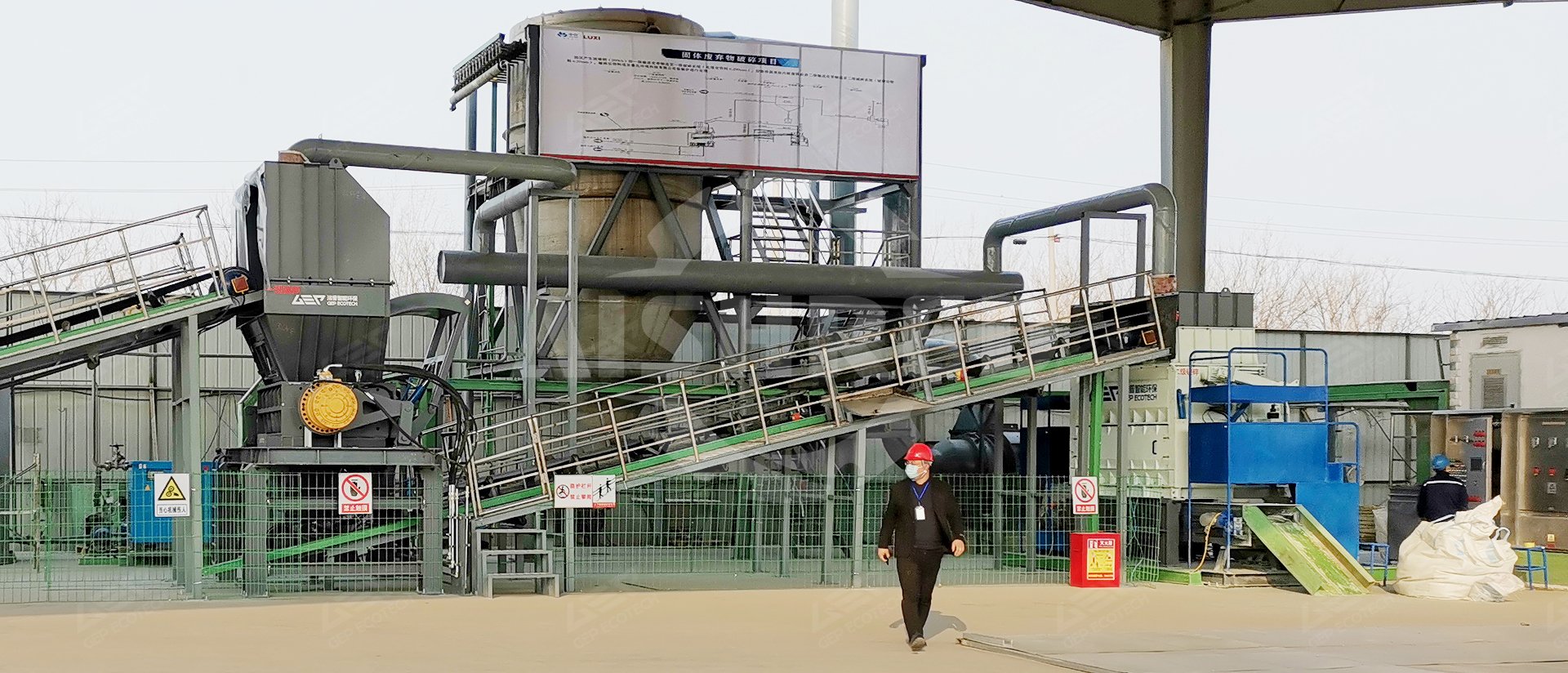As wind power technology has evolved, the length of wind turbine blades has gradually grown to capture more wind energy. Back in 2014, researchers in the UK surveyed more than 500 wind farms and found that older WTGs built in the 1990s were still producing 3/4 of their power after 19 years. They concluded that most WTGs should be able to run longer than expected, around 25 years before needing to be upgraded.

However, as we all know, at some point even the best things must come to an end. While the key to moving the wind industry forward is to continue to reap the benefits of clean energy, there is also a need to consider what to do with the units when they are retired. While the number of retired WTGs worldwide is still low, it will continue to grow as the wind industry expands on a large scale.
Fortunately, most WTG components are recyclable, including foundations, towers, gearboxes and generators. WTG blades, however, are difficult to recycle due to their composition.
Most WTG blades are composed of composite materials that utilize the complementary properties of various materials. Current WTG blades are typically composed of a polymer matrix with glass or carbon fiber reinforcements. These composites have the advantage of excellent aerodynamic performance and are lightweight and durable, but have the disadvantage of being difficult to recycle.
Recycling Solutions
1. Building modern architecture
Back in 2012, the Netherlands pioneered the use of decommissioned wind turbine blades as structures in children's parks.
Now, Dutch design firm Superuse Studios is taking it a step further by using decommissioned blades for urban architecture (e.g. public seating) and outdoor shelter (e.g. bus shelters).
2. Shredded and Reused
Washington State University is working with Seattle-based Global Fiberglass Solutions (GFS) on the recycling and manufacturing of composite fiberglass materials from retired blades.
GFS first shreds wind turbine blades into hand-sized pieces, which are then refined and processed into new-type composites by Washington State University researchers. After testing, the Washington State University team found that the new material is comparable to many wood composites.
The recycled blades can be used in a variety of ways, from floor tiles to plastic pavement barriers.
3. Shred for fuel
Currently, Germany maintains the world's only industrial-scale plant for processing wind turbine blades. Like the researchers at Washington State University, the retired blades are first processed into small pieces with a shredder, then shredded into chips and used as fuel for the cement plant along with other waste materials.
4. Shred for cement raw materials
When upgrading wind turbines and renovating old wind farms, scrapped wind turbine blades will be recycled. The scrapped wind turbine blades will be first shredded in their production and processing plants, and then the fiberglass and balsa wood components inside will be mixed and transported to the cement production and processing plant as substitutes for coal, crushed stones, and clay to produce aluminosilicate cement.

In contrast to conventional cement manufacturing technology, the collaborative cement kiln processing of end-of-life wind turbine blades allows industrial waste to be "super-transformed" into cement raw materials. In terms of weight, the average net weight share of end-of-life wind turbine blades is about 90% will be recycled as raw materials for cement manufacturing, the net weight share of end-of-life wind turbine blades is about 65% more than the raw materials that would otherwise be added to the kiln to produce cement, and the net weight share of end-of-life wind turbine blades is about 28% instead of coal to give kinetic energy to the chemical changes generated in the kiln. The journey of an end-of-life wind turbine blade from the wind turbine tower to the cement plant has many processes like that.

